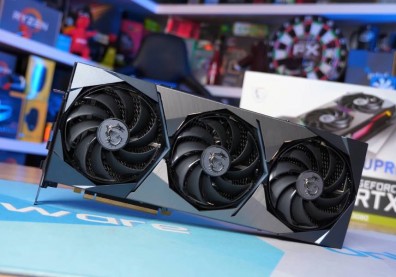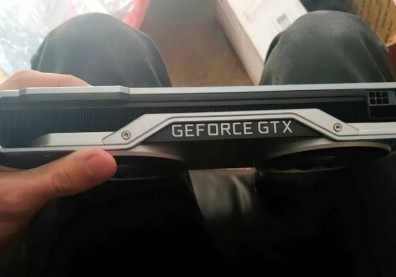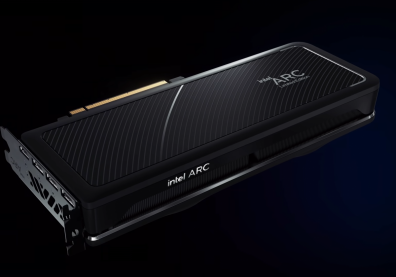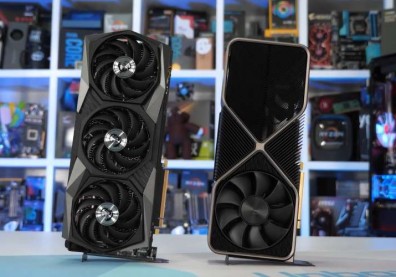Buying a graphics card if you're a beginner can be an extremely intimidating task (not to mention prohibitively expensive these days). That's mainly due to the tech specs that these cards have, which not a lot of people are aware about. It's also what likely turns off a lot of folks from building their own gaming PCs, thinking that the entire process is too technical.
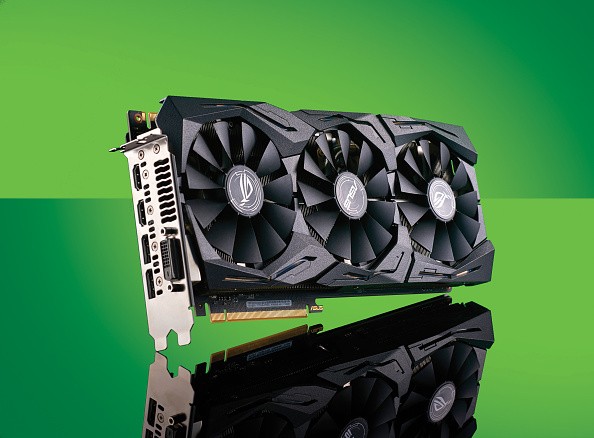
An Asus GeForce GTX 1070 Strix OC Edition 8GB graphics card, taken on January 20, 2017.
Well, it doesn't have to be that way anymore. In this guide, you will learn about GPU tech specs-what they mean, and how important they are to your overall gaming experience. You'll also learn which ones are the most important and which ones you can just ignore.
Critical Graphics Card Specs
According to Tech Times, there are a handful of critical graphics card specs you should absolutely know about, as they would influence your buying decision at the end of the day. Here they are.
Memory (VRAM): This refers to the amount of video memory the graphics card has measured in gigabytes (GB). If you're buying a new GPU for gaming, it's important to see how much VRAM it has. For instance, playing modern games (the ones released during the last two years or so) will require at least 6GB of VRAM.
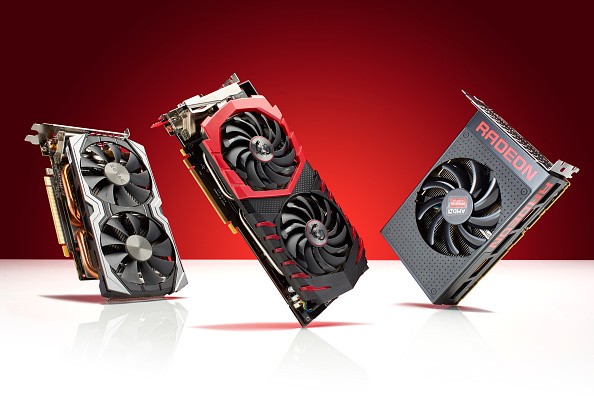
A group of PC graphics cards, including (L-R) a Zotac GeForce GTX 1060 AMP Edition, MSI Radeon RX 470 Gaming X 8G and an AMD Radeon RX 480 8GB, taken on July 22, 2016.
You can probably get by with a bare minimum of 4GB of VRAM, but nothing less. Low VRAM means a graphics card likely has weak performance. Also, you need to take note of the type of VRAM a GPU has. At the very least, you'll need GDDR5 and nothing less. Newer cards like NVIDIA's RTX 3000 series have faster GDDR6 or GDDR6X.
Memory size also matters at the resolution you want to game in. If you only have a 1080p monitor or lower, 4GB-6GB is the best range. But if you want to play at 1440p or 4K resolutions, you'll need 8GB of VRAM at the very least.
Read also: 'Elden Ring' Player Figures Out How To PAUSE The Game Without Mods
Ports: This refers to the video connections at the back of the card. If you buy a graphics card that you can't even connect to your monitor, what's even the point?
Before buying a new GPU, check whether your monitor can even connect to it. Does it have HDMI, VGA/DVI, or DisplayPort? Any modern graphics card will have multiple video ports, but the most ubiquitous right now is HDMI.
Power connectors: A gaming graphics card consumes a lot of power, far more than your motherboard can handle. As such, they'll require at least a 6-pin power connector if they're an entry-level to mid-range GPU. Higher-end GPUs can require a single 8-pin, an 8-pin and 6-pin, multiple 6-pins, or even multiple 8-pins.
Make sure that your PC's power supply has enough power connectors to give your GPU some juice.
Form factor: Graphics cards from NVIDIA and AMD come in all shapes and sizes. They can either be a single slot, dual-slot, triple-slot, or even more (for some particularly high-end models). The slot refers to how thick the card is with its cooler attached.
The form factor also refers to how long and wide the card is. First, make sure that the card you want fits in your case before buying it, or else you might not be able to close the side panel.
Somewhat Important Specs
What follows are specs that are kinda important because they often indicate the card's performance, but they're not as critical as the first ones shared here.
CUDA Cores/Stream Processors: CUDA cores (NVIDIA) and Stream Processors (AMD) are a way to gauge the performance of a GPU vaguely. Generally, the higher the CUDA core/Stream Processor count, the faster a card is. But that only matters if you're looking at two cards from the same generation.
That's because CUDA cores and Stream Processors ALWAYS improve with every new graphics card generation from NVIDIA or AMD. An older card might have more CUDA cores than a newer generation GPU, but that doesn't always mean the older card is faster just because of the core count.

A selection of gaming PC graphics cards, including (clockwise from top) a Sapphire Radeon R9 Fury Tri-X, Gigabyte GTX 970 G1 Gaming, XFX Radeon R9 390X and Palit GTX 980 Super Jetstream, taken on August 6, 2015.
TFLOPS: This is another way of measuring the approximate performance of a GPU. The acronym stands for trillions of floating-point operations per second.
It works more or less like CUDA cores or Stream Processors in that you can only compare the TFLOPS of cards within the same generation. As such, an older card with higher TFLOPS will not always be faster than a newer card with slightly lower TFLOPS.
Clock speeds: This is measured in megahertz (MHz) and is yet another indication of how fast a GPU is. Once again, a higher clock speed doesn't always mean a card is faster than the other, especially if you're comparing old and new generations (just like with CUDA cores/Stream Processors) and TFLOPS.
Memory type: This is indicated by the GDDR (graphics double data rate) rating followed by a number. A capable gaming GPU will have GDDR5 at the bare minimum. Every succeeding GDDR generation brings greater memory bandwidth and increased performance. Anything newer than GDDR5 (i.e. GDDR5X, GDDR6, GDDR6X, HBM) will mean better memory bandwidth.
Like the NVIDIA GTX 1650, some cards will feature two models with different memory types. In this case, one has GDDR5, and the other has a faster GDDR6. The latter will always be faster than the former due to the increased memory bandwidth-but not by much.
Related: A PS5-Level Gaming PC Build Cheaper Than Sony's Console: Is It Possible?
Story posted on GameNGuide
Written by RJ Pierce





